February is the month dedicated to the Utrecht province here on Amsterdamian. We’ll start our discoveries with a day trip to the beautiful city of Amersfoort. Only half an hour by train from Amsterdam, Amersfoort is awaiting its visitors with open gates: there are three city gates that are still standing there for you to admire and make you feel like you went back to medieval times (Koppelpoort, Monnikendam and Kamperbinnenpoort).
Amersfoort was well preserved since the Middle Ages, and, apart from the gates, there are also many old buildings telling stories of times long passed. The city got its name after a ford (“a shallow place with good footing where a river or stream may be crossed by wading, or inside a vehicle getting its wheels wet” [Wikipedia]) in the Amer River (Currently Eem river). The river surrounds the city and also enters through the center, creating the canal network.

Amersfoort is an old city with a young vibe. I visited on a Saturday, so the city was particularly lively, with people going out for shopping on the main shopping streets, at the market, or going for lunch and drinks in the restaurants. I love to see a city on its market day, when everyone goes around with their bike full of bags and the mandatory flower bouquet!
It was a very cold day, and filming and photographing was a bit of a struggle, but I still enjoyed this visit. I think spring would be the best time to visit Amersfoort, because I could see many green areas just waiting to sprout and dress the city walls in shades of greens. This visit to Amersfoort was also my first time going to the museum since the pandemic has started, and I visited not one, but two of them: Museum Flehite and Mondriaanhuis. I’ll tell you more about them in future articles.
Amersfoort history
Amersfoort boasts a rich history that dates back over a thousand years. Established around the 11th century, the city’s name derives from the ford (or “voorde” in Dutch) across the river Amer, now known as the Eem. Amersfoort received city rights in 1259. The city grew in importance during the Middle Ages, becoming an important center of trade and pilgrimage. The construction of its iconic Onze-Lieve-Vrouwetoren (The Tower of Our Lady), which began in the 15th century, symbolised the city’s wealth and religious significance. During the 16th century, Amersfoort experienced a period of decline due to wars and economic downturns, but it was revitalised in the 19th century with the advent of the railway – the city has one of the largest railway junctions in the Netherlands. Today, Amersfoort is celebrated for its well-preserved medieval architecture and vibrant cultural scene.
What to see and do in Amersfoort
Amersfoort can be explored on foot; there is a 15 minute walk from the train station to the old town, where you can roam the old streets and canals at your own pace. There are many things to do and to see in Amersfoort, and you might need more than one day to explore all of it. But a day trip is still enough to get acquainted with this old city.
- Koppelpoort land and water gate. Since this is the iconic image of Amersfoort, you can’t miss it! You can start your city walk here, taking countless pictures of the amazing gate. Built in 1425, Koppelpoort is part of the second city wall, which was built when the growing city required new defence.
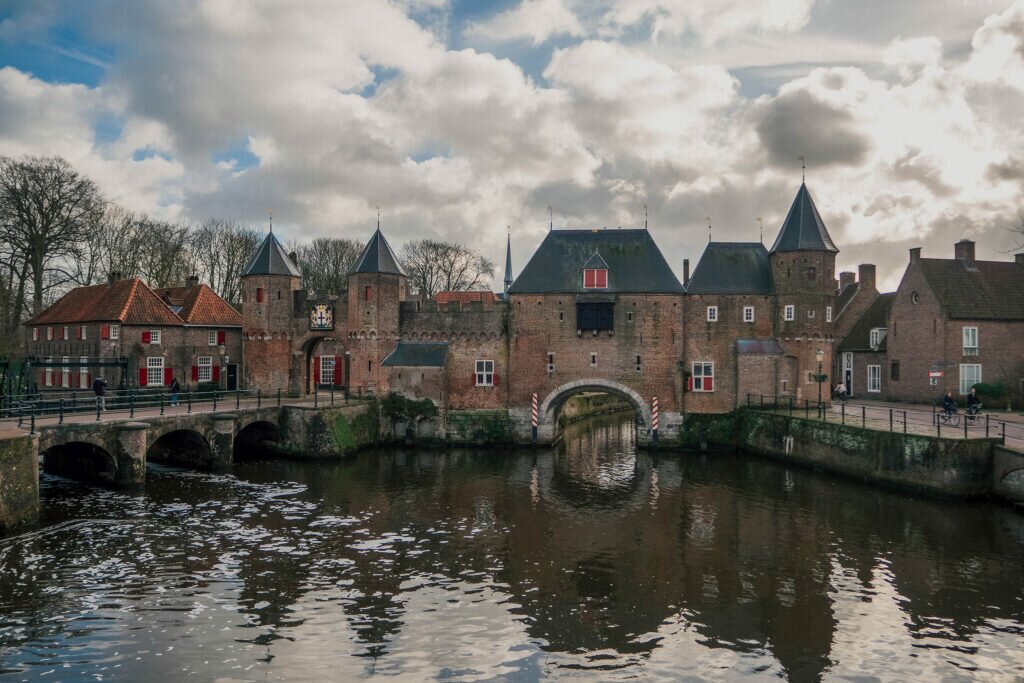
- Muurhuizen. Leaving Koppelpoort, you can continue your walk on this beautiful street. Muurhuizen means “wall houses“, and that’s literally what these houses are: when the new city wall was built, the old one was demolished and houses were built on top of it. How amazing that is?! There are many charming houses, well preserved, that can be admired on this street which surrounds the eastern part of the city, parallel with the Zuidsingel canal. It’s definitely a must-see!
- Monnikendam gate. Smaller than Koppelpoort, but still beautiful, Monnickendam is to be found in the south of the city, surrounded by a small park. There’s a path going through the gate (or maybe I should say above it?) and a restaurant at the base.
- Kamperbinnenpoort — a medieval gate from the first city wall. It’s right on a shopping street, so you can see it while browsing the shops.
- Onze-Lieve-Vrouwetoren (Tower of Our Lady) is the third highest church towers in the Netherlands at 98 metres. The church was destroyed by an explosion in 1787 and only the tower survived. The tower is visible from almost every spot in the old town, standing tall over the rest of the buildings. You can climb this tower if you dare, and be rewarded with spectacular views. I didn’t do it, as I was already exhausted by fighting the high winds and all I needed was to visit one of the cosy cafés and eat apple pie next to the window.
- Museum Flehite — is the historical museum of Amersfoort and Eemland. The museum is located in three historic houses built into the city wall during the Late Middle Ages, surrounded by a canal, and offers a wonderful taste of the city’s history. It also hosts regular exhibitions of Dutch and international art.
- Mondriaanhuis – a museum dedicated to the life and work of Piet Mondriaan, one of the most influential figures in modern art. This museum is located in the house where the painter was born, and offers visitors a unique glimpse into the early life and creative evolution of the pioneering abstract painter. The house has been carefully restored to reflect its historical significance while also serving as a contemporary museum space. Inside, visitors can explore Mondriaan’s journey from his early realist works to the geometric abstractions that made him famous worldwide. The museum features a mix of original works, reproductions, and multimedia exhibits.
- Kunsthal KAdE offers exhibitions in the field of contemporary/modern art, architecture, design, and contemporary visual culture.
- De Hof – the main square, where the Saturday market takes place. There are restaurants all around the square, where you can sample the local cuisine.
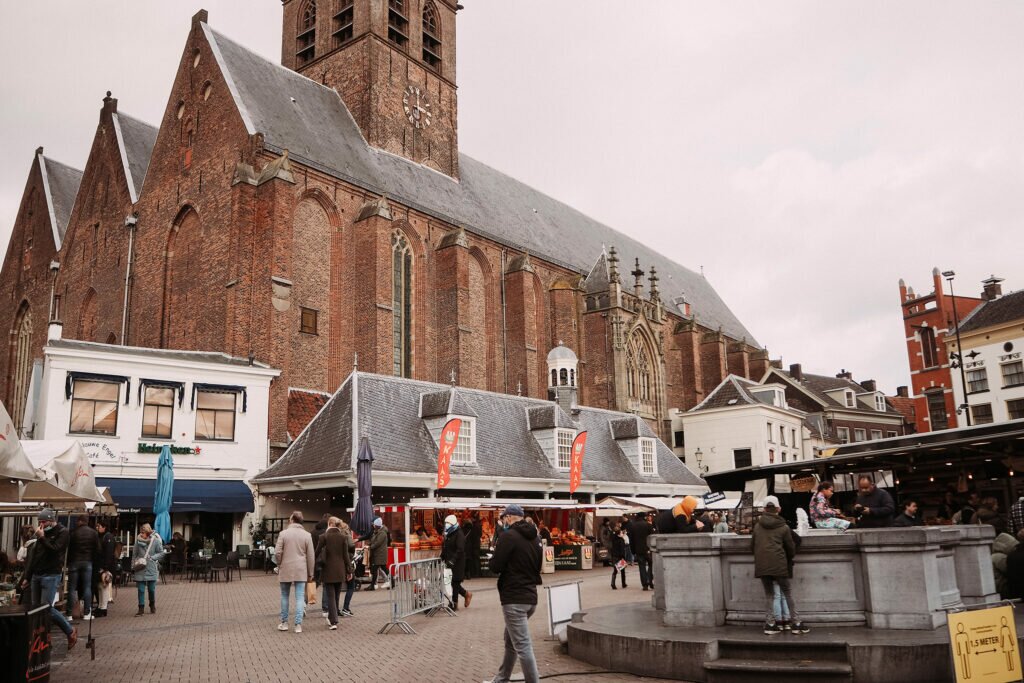
- Hofje De Armen de Pot – one of the largest hofjes (historic courtyards) in the Netherlands. this used to be run by monks caring for the sick and the poor of the city.
- Take a boat tour. From April to November, you can enjoy a picturesque boat ride and see the city from the water.
- Try an escape room! Have some fun at the Live Escape, solving mysteries.
- Shop on the main shopping streets, from which the Krommestraat stands out, with its lovely independent boutiques. Don’t miss Coffee Corazon and Corazon Bakery (I still dream about their apple pie).
There are other charming streets and buildings which you’ll have the pleasure of stumbling upon. I don’t need to tell you about every spot in the city, because it’s nice to have some surprises and discoveries of your own when you visit a place. If you are looking for your next day trip in the Netherlands, put Amersfoort at the top of your list!
How to get to Amersfoort: Use the NS website and 9292 to plan your journey by public transport. If you travel by car, the A1 motorway passes by Amersfoort.
Learn more about Amersfoort on Tijd voor Amersfoort.
This article is part of “Discover the Netherlands” project. You can read all the articles from this project here: The Complete Guide to the Dutch Provinces.
—————————————————————–
Stay tuned for more and follow Amsterdamian on Instagram and Facebook for daily stories about life in the Netherlands. Please share this post if you liked it!
Check out my photo book: Amsterdam Through the Seasons!

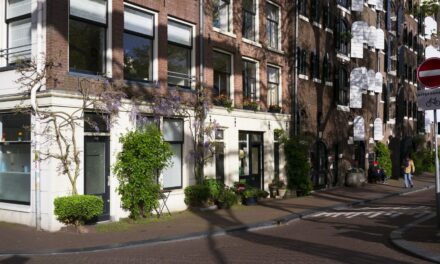
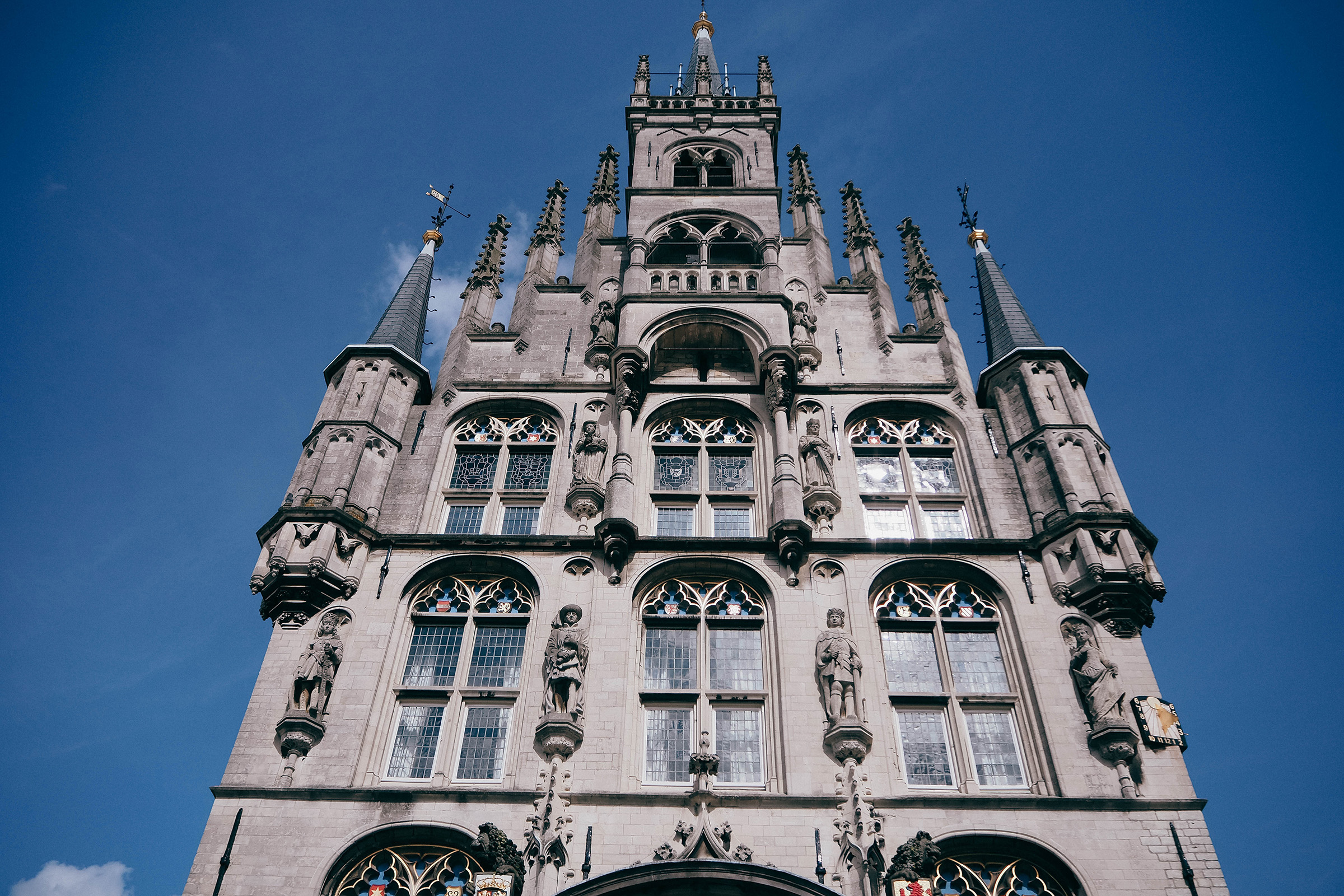

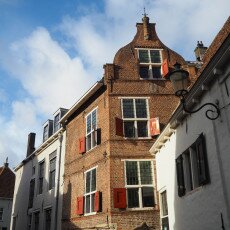
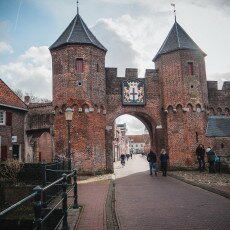

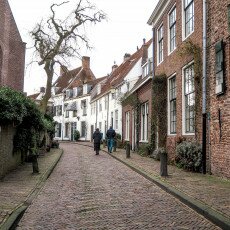
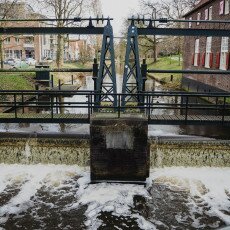
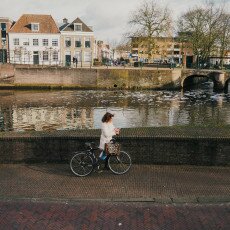
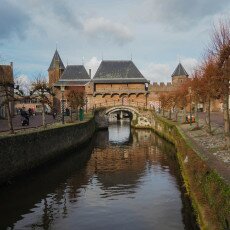
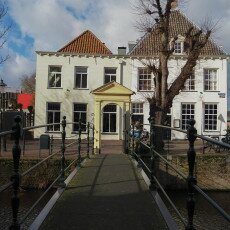
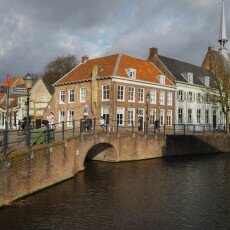

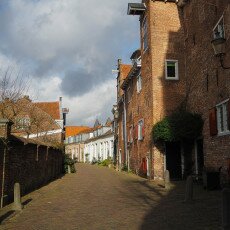

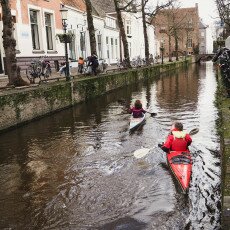



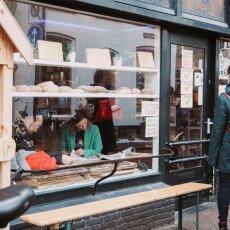
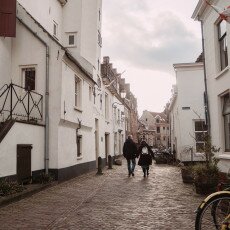

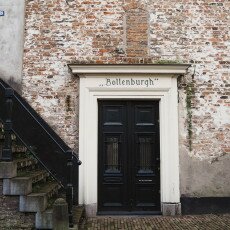

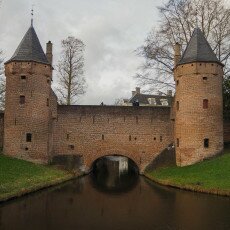

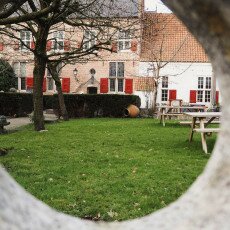

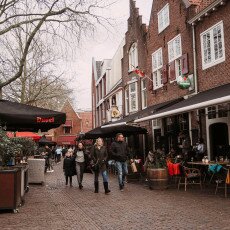
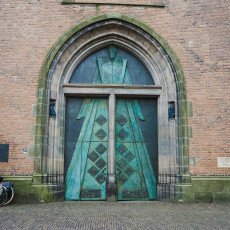
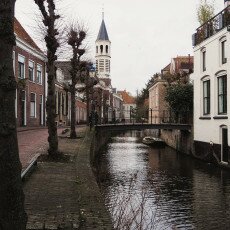
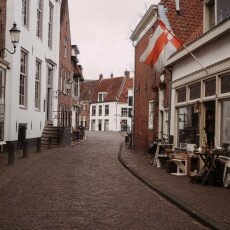



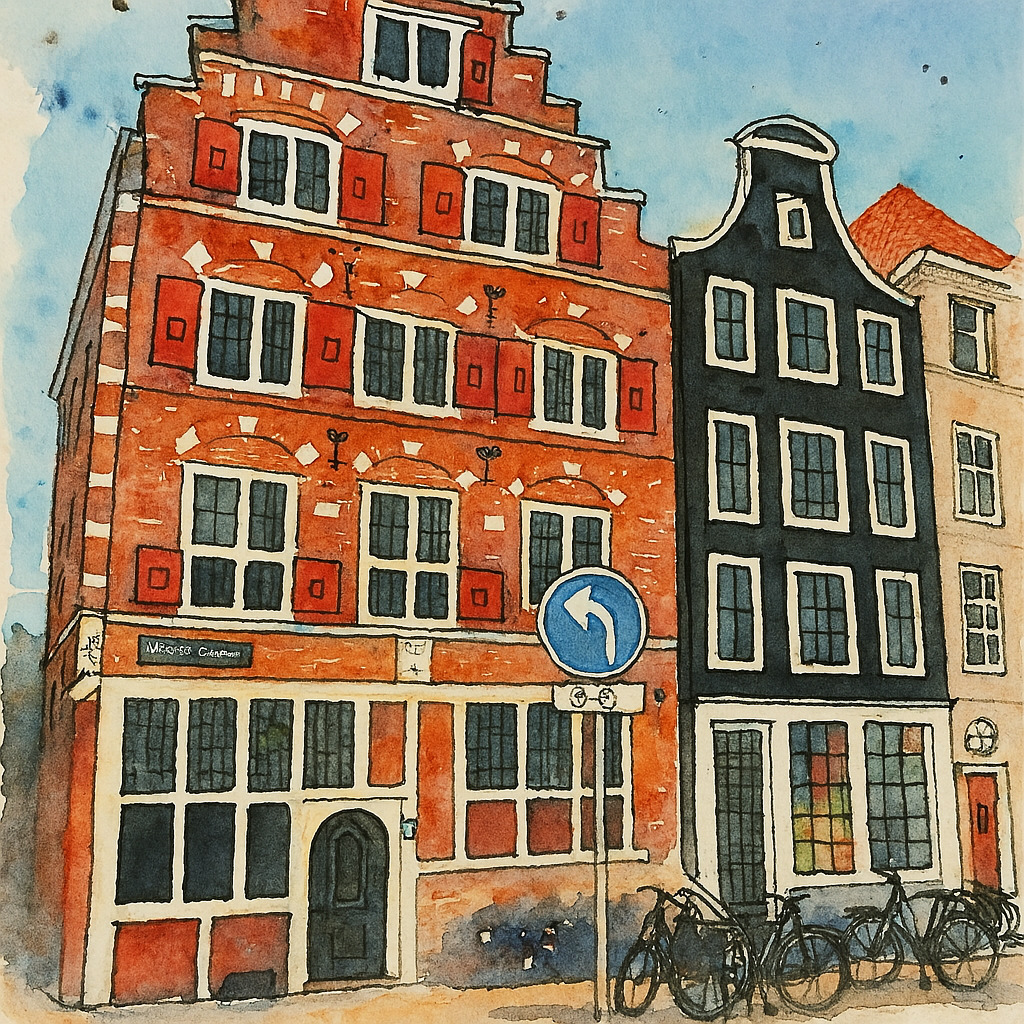

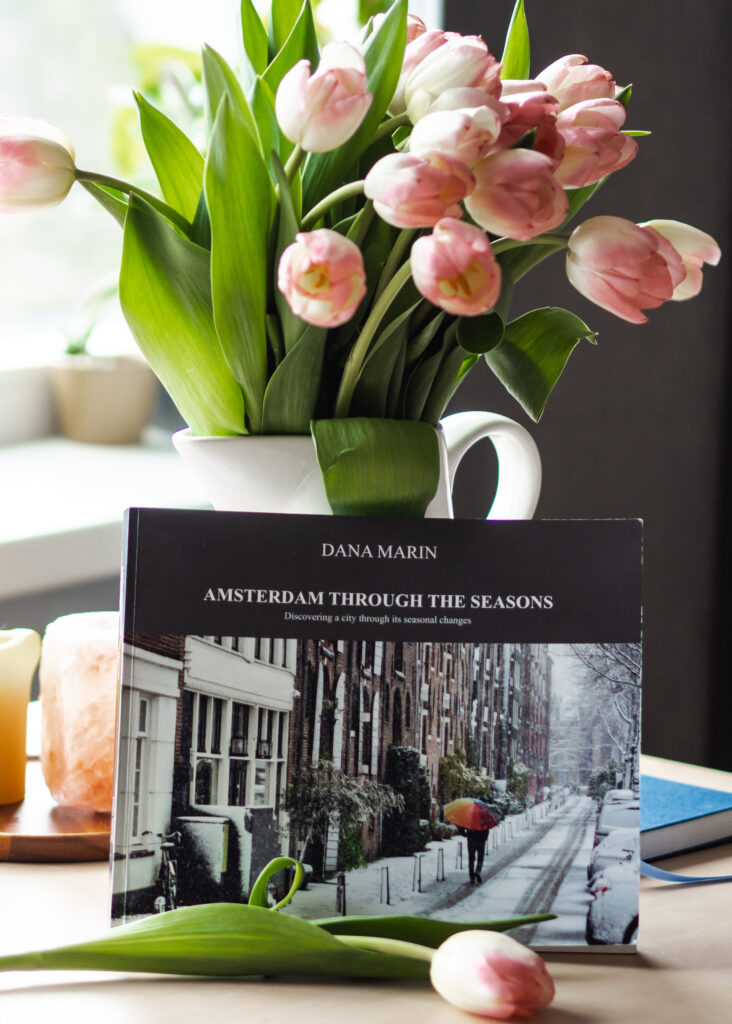



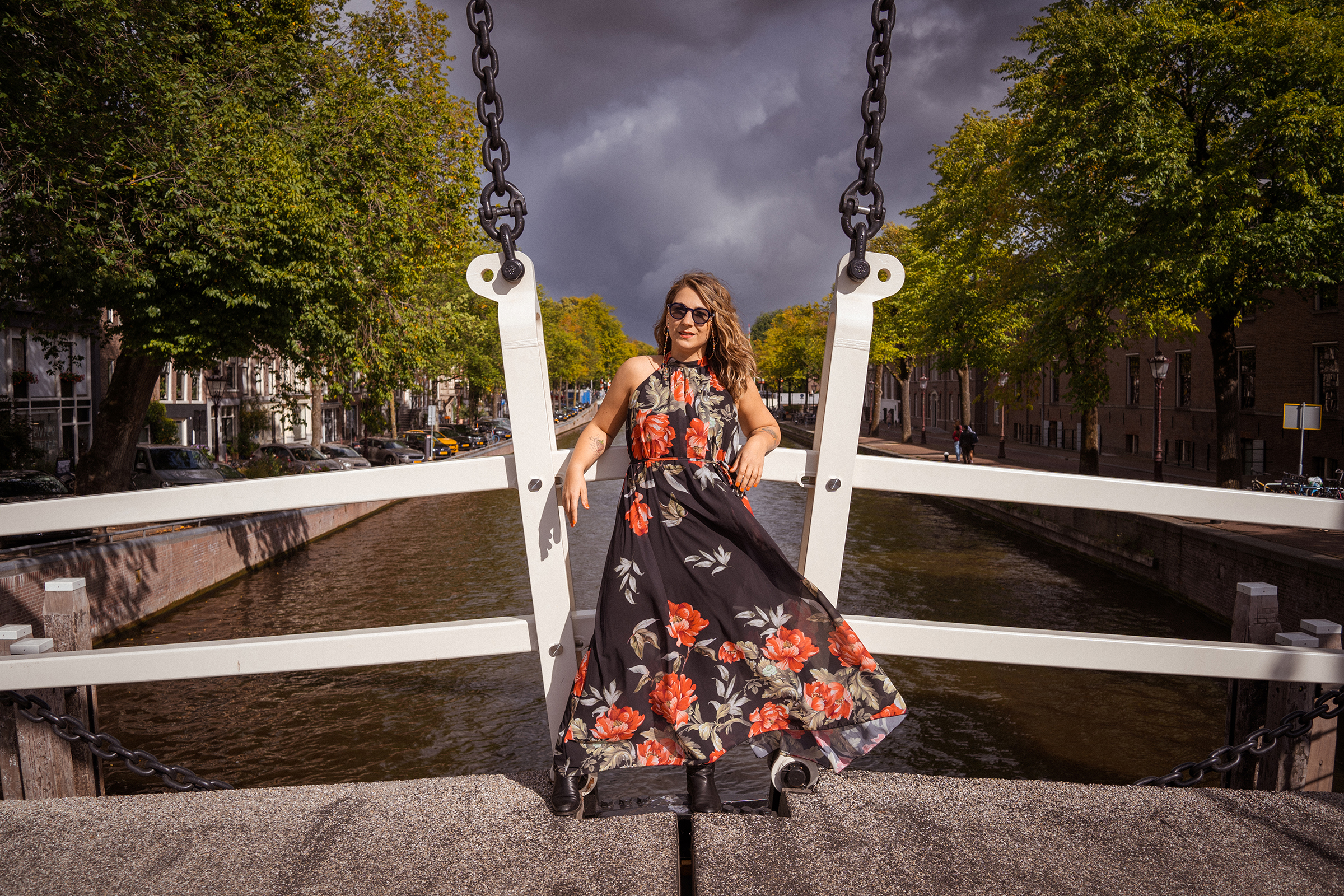
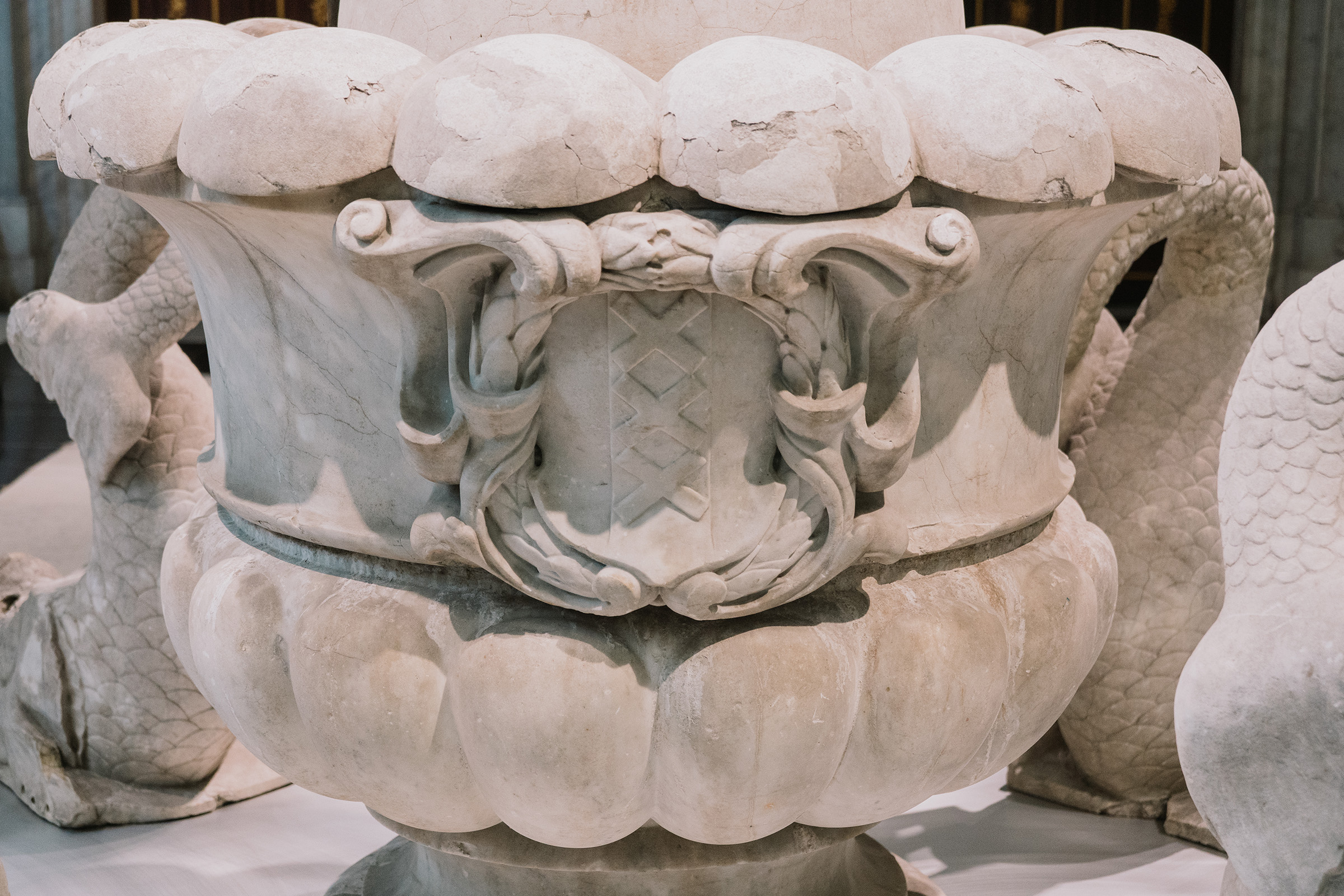
Trackbacks/Pingbacks